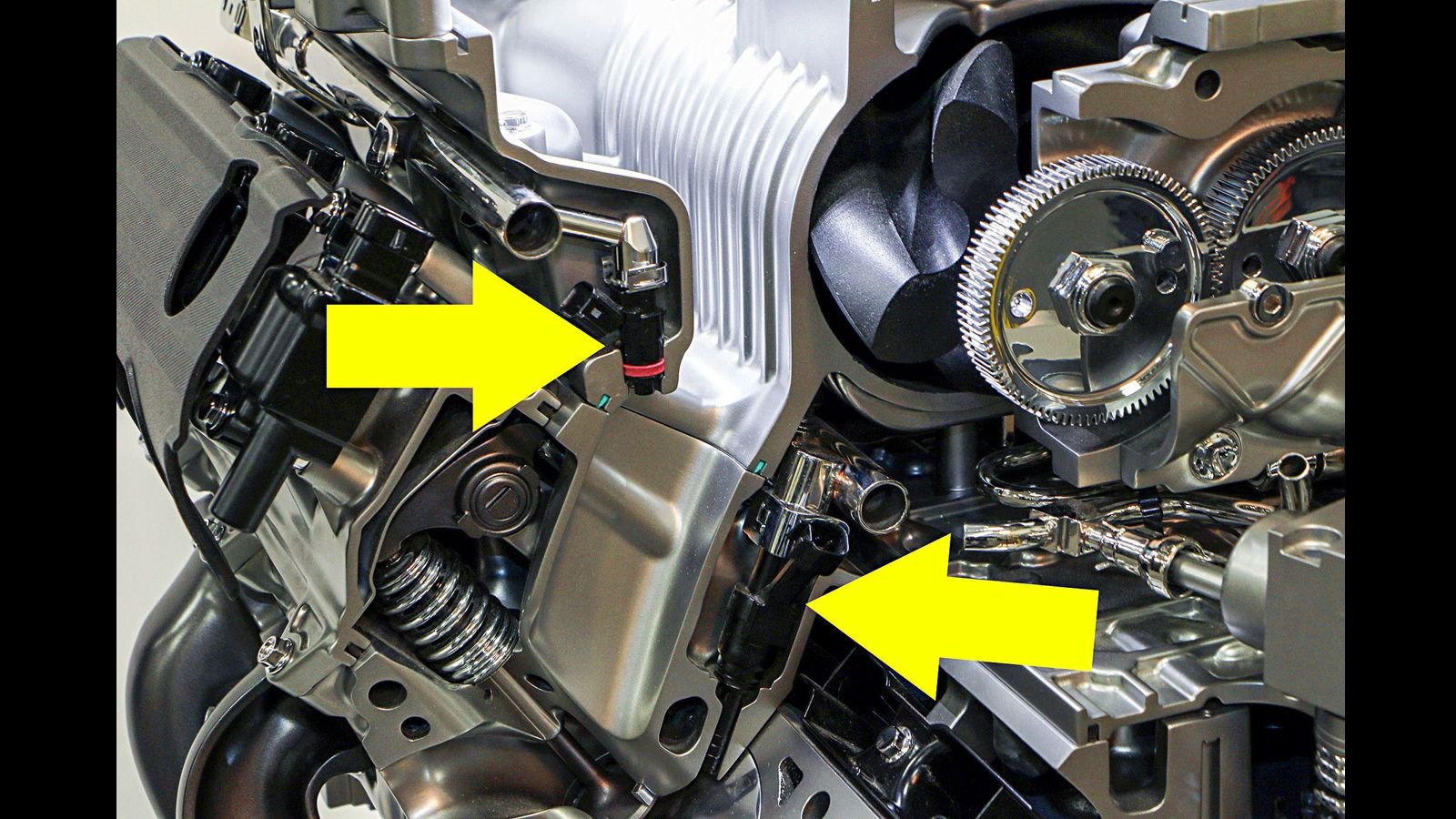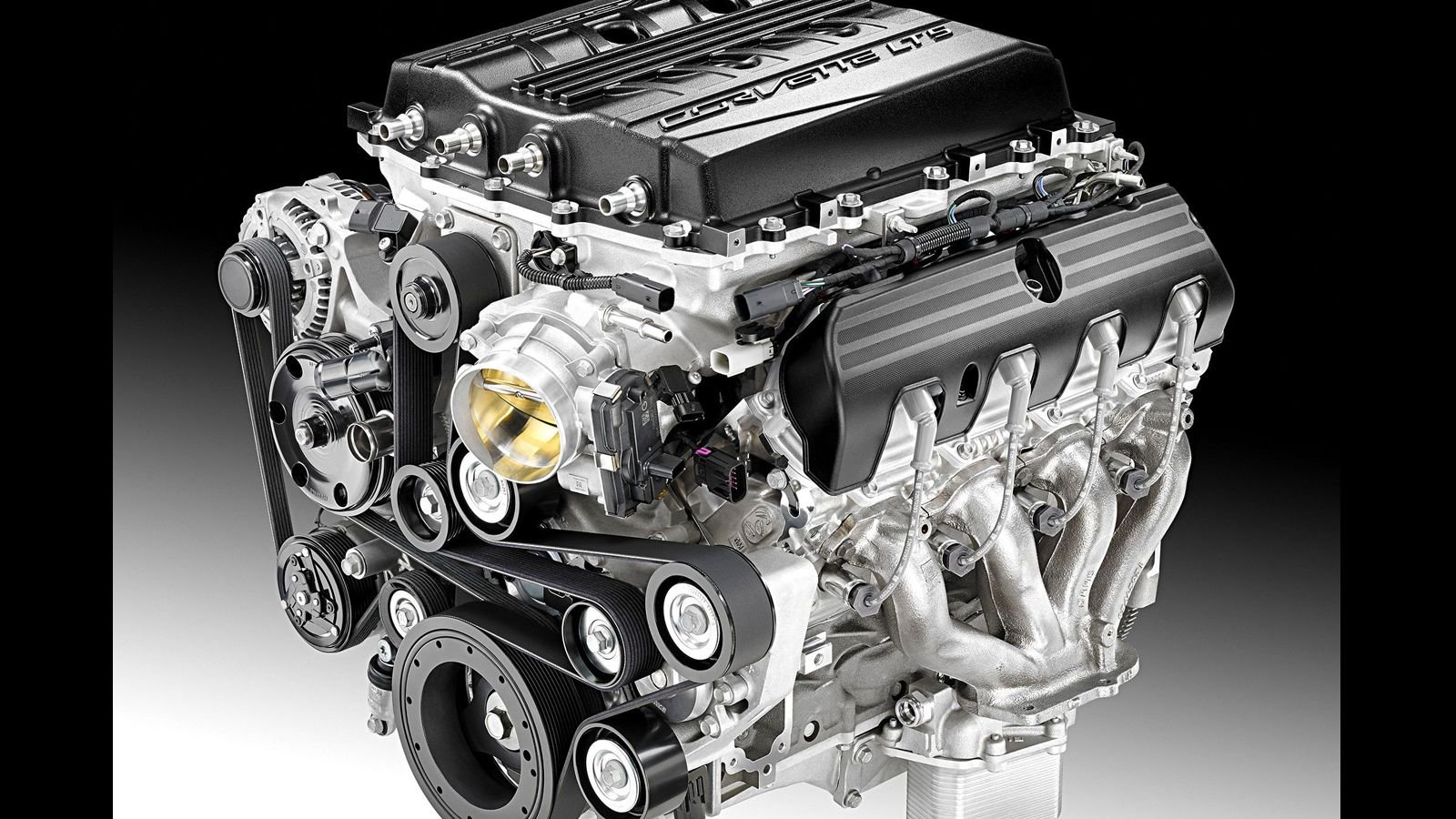Slideshow: Everything About the LT5 Inside the Supercharged C7 ZR1
The all-new supercharged LT5 uses the latest technology to make the 2019 ZR1 the most powerful Corvette ever.














Small Block, Giant Steps
When the first LT5 engine debuted in the 1990 ZR-1 it had four camshafts, 32 valves, Lotus-engineered variable intake runners, and a power output of 375 hp—an impressive number for the era. Flash forward to 2008 and the C6 Z06's 427 ci LS7 engine upped that figure to 505 race-proven hp, followed closely by the supercharged LS9 and its 638 hp. Surely Chevy could rest on its laurels for a while. Not so, according to Jordan Lee, GM's head engineer in charge of small-block development: "The small block’s legacy is rooted in more than 60 years of continuous engineering advancements that have brought performance achievements that couldn’t have been dreamt of when it was conceived. And while there have been plenty of great small-block engines over the decades, the new LT5 tops them all in terms of output, engineering, and technology. It’s the ultimate small-block for the ultimate Corvette." The new LT5 he's referring to more than doubles the original's output, delivering 755 hp, and 715 lb-ft of torque!
>>Join the conversation about the new LT5 engine found inside of the C7 ZR1 right here.
Science
How does the new LT5, which will debut in the 2019 Corvette ZR1, achieve those levels while still using the original 1955 small block's 4.400-inch bore centers? With science. In Lee's words, "Advanced technologies such as direct injection and supercharger efficiency improvements have enabled us to make the most of what forced induction can offer, thereby expanding the performance range of the engine to deliver exceptional power delivery across the rpm band." Science and size actually—to start with the LT5's blower, while still a four-lobe design like the LS9 and LT4 units, displaces 2.65 liters, up 56 percent over the LT4's compressor.
>>Join the conversation about the new LT5 engine found inside of the C7 ZR1 right here.
Refinement
The rotors in the new supercharger are also larger than the LT4's rotors, and have a higher pitch angle than the earlier units (170 degrees vs. the LT4’s 160 degrees), though they spin at a slower rate (15,860 rpm max vs. the LT4’s 20,000 rpm), which helps keep the air temperature down. The end result is a supercharger that puts out 14 psi of boost—approximately 4.5 psi more than the LT4's blower.
>>Join the conversation about the new LT5 engine found inside of the C7 ZR1 right here.
Bricks
Of course, all that compressed air needs to be cooled down again and the LT5's intercooler system drops the intake charge by an unbelievable 140 degrees. The separate system uses remote coolant pumps and a 5.0-liter heat exchanger to remove heat from two cooling "bricks" mounted above the supercharger. The bricks are 30 percent larger than those on the LT4, requiring a taller hood line. In fact, the new ZR-1's supercharger top cover rises through the hood and moves side-to-side along with the torquing engine. A power you can see!
>>Join the conversation about the new LT5 engine found inside of the C7 ZR1 right here.
Juice
More air means more fuel is needed, and the LT5 receives it through an off-the-shelf part: the supercharger's giant 72mm internal throttle body (not to be confused with the fuel injection system's 95mm main engine air intake throttle body) from the 6.6-liter Duramax turbo-diesel. After that feeding the engine got a little more involved—even the largest direct injectors GM had run out of capacity at full throttle, so engineers came up with the first-of-its-kind solution for GM: more injectors. The LT5 operates on a direct injection system most of the time but when called upon the second set of eight injectors, in the ports, kick in to provide the needed fuel. Not recommended for hypermiling.
>>Join the conversation about the new LT5 engine found inside of the C7 ZR1 right here.
Parts House
While many of the dry-sump LT5's engine's parts are carried over from the LT4, like the oil jets that spray the bottom of the pistons to help reduce heat and prolong service life, many parts have been specifically designed to cope with the demands made on a 755 hp engine. New H14 lead-based main bearings have been developed, capable of handling high loads, as have G488-coated rod bearings, designed for optimum performance at high temperatures. The new engine's forged aluminum pistons are the same units as found in the LT4, producing a 10:1 compression ratio, and featuring floating wrist pins and polymer coatings that reduce skirt-to-bore friction and scuffing. The LT5's A356 T6 aluminum cylinder heads carry 2.13-inch titanium intake valves and 1.59-inches sodium-filled exhaust valves, and substantial 12mm bolts fasten the heads to the aluminum block.
>>Join the conversation about the new LT5 engine found inside of the C7 ZR1 right here.
Dream Weaver
While prices haven't been announced yet for the 2019 ZR1, nor have fuel economy figures, Chevy says the LT5-equipped Corvette will deliver 0-60 times under 3 seconds, an even more impressive 10-second quarter-mile, and a 212 mph top speed (for the coupe). Or as Jordan Lee says, "The new LT5 hits like a sledgehammer when you nail the throttle." All this, good looks, and handling too? Pinch us, we must be dreaming. And wake us up when the 2019s go on sale.
>>Join the conversation about the new LT5 engine found inside of the C7 ZR1 right here.
For help with your maintenance and repair projects, please visit our how-to section in the forum.
